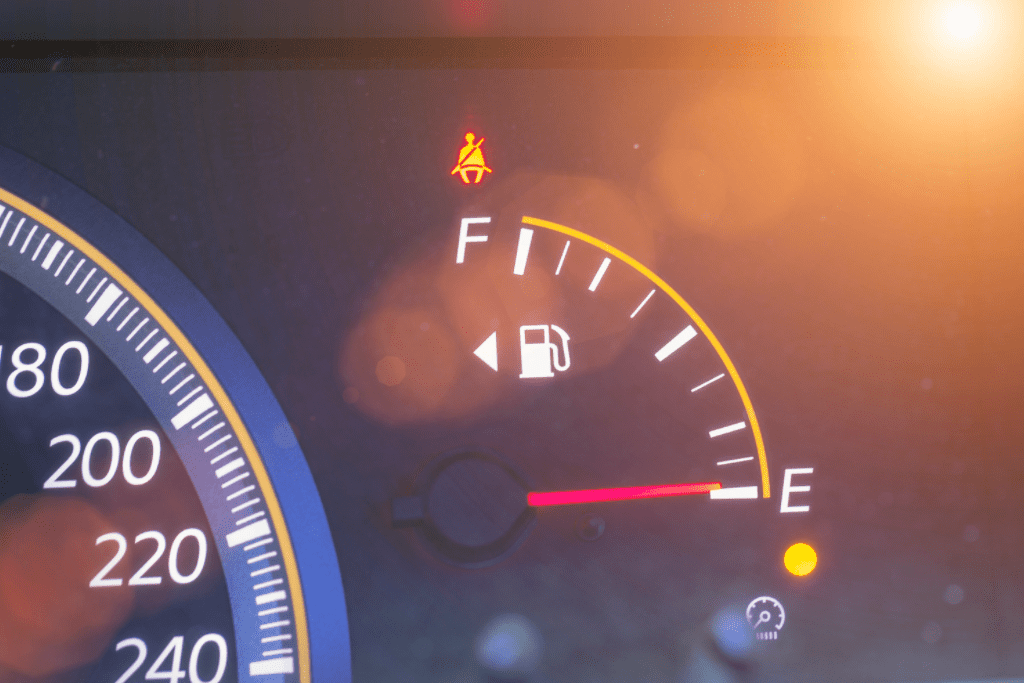There’s nothing quite as painful as having to fill up your car these days. For many of us, it’s an incredibly expensive event and more recently, it’s becoming something many cannot afford. It’s never been more important to make your fuel last. Whether you’re running a diesel, petrol or electric car. None of the fuelling options are cheap. Naturally, drivers are searching to find ways to make fuel last longer.
If you’ve looked at hypermiling techniques before, you may already be taking a few into account. However, it’s crucial to remember that safety is the most important thing. Yes, that means some hypermiling techniques are dangerous and should be considered with caution. There’s no point in making your fuel last longer to save money if it involves having an accident which leads to an even bigger expense – or worse.
Take a look at some of the potentially fatal hypermiling techniques outlined below. We’ll discuss the risks involved and any adjustments you can make in order to achieve the same result in a safer manner.
Coasting and driving with the engine off
You read that right. As fuel prices soar higher than ever, some drivers have opted for extreme coasting. The idea behind it is that with the engine off or coasting along the road with the clutch pressed down, you can save a lot of fuel. But this is a big risk to take in order to save a bit of fuel. When coasting, the driver loses a considerable amount of control of the car. Even more so if you take the additional step of turning the engine off. When you turn the engine off it can also cut the power to power steering and braking systems. Creating a situation where if you need to react fast in order to get yourself out of trouble, you’ve already added a serious delay to any action.
So what can you do instead of coasting and driving with the engine off? Is there a hypermiling alternative that is safe? The answer is yes. Accelerate and brake gently. Work on maximising your MPG (miles per gallon). Give yourself more time to react to hazards so you don’t have to slam on the brakes. This is the safest way to make the most of your fuel when it comes to driving habits.
Drafting
Of all the hypermiling techniques out there, this one is pretty extreme. However, there is no judgement on our end. Times are tough and we recognise that people will go to any lengths possible in order to make ends meet. All we do is hope that you read this and understand that there are far better ways to make fuel than the potential fatal hypermiling techniques in this article.
Drafting happens when you try to reduce the drag on your car by shielding yourself using another vehicle. Typically this is practised by driving closely behind a lorry or a truck. With less wind to drive against, the car will use less fuel to move forward. If your car is driving at 60mph it will be using a certain amount of fuel, if it is driving against a headwind, it will be using even more fuel to stay at 60mph. This potentially fatal hypermiling technique is designed to remove that headwind and keep your car driving ‘smooth and easy’.
What’s obvious with this technique is that driving so close behind a lorry or a truck is incredibly dangerous. Remember the two-second rule from your driving lessons? That goes out the window to about 0.5 seconds. Reducing the time you have to react to breaking and any other hazards. So, how can you replicate this without the danger? You can’t. It’s impossible to avoid mother nature when a headwind is coming across the road, we suggest you keep that in mind. You don’t notice your fuel depleting on a windy day, you won’t notice saving it by putting yourself and other drivers at risk when drafting.
Ridge riding
While this technique is practised more in the US, it has been making an appearance on some wider country roads in the UK. We thought we would add it in as a final note, in case you spot this on any forums. Don’t even consider it. Ridge riding is where you drive more towards the middle of the road. Avoiding the ridges on the surface created by other drivers. The idea is that by avoiding the worn out areas in the road, you avoid potholes and dips which make your car work harder. The idea is to have the smoothest ride possible, which happens on the ridges.
It doesn’t take a genius to figure out that the narrower roads in the UK compared to the US make this technique a huge issue. Driving in the middle of the road is dangerous enough but on our country lanes? We suggest avoiding this option and instead replacing it with some well-paced drives. Potholes and ridges won’t be so tough on your vehicle if you’re driving at a sensible speed. So slow down.
Want to know more about saving fuel when driving?






